An electric bike, or e-bike, is a bicycle equipped with an electric motor to assist propulsion. It allows riders to pedal with less effort and can be powered by both pedalling and an electric motor.
Discover the joy of effortless riding with Class 1 electric bikes! These two-wheel wonders combine the simplicity of traditional bicycles with a boost of electric power, making your commute a breeze. Class 1 e-bikes are equipped with pedal-assist technology, offering a smooth and eco-friendly journey as you pedal with ease.
A Class 1 electric bike, commonly known as an e-bike, is a pedal-assist bicycle equipped with an electric motor that provides assistance only when the rider is pedalling. These bikes have a maximum speed of 20 mph, ensuring a safe and controlled riding experience.
How Class 1 Electric Bikes Work?
Class 1 electric bikes, often known as pedal-assist bikes, operate with a simple yet effective mechanism. These bikes are equipped with an electric motor that assists the rider while pedalling. When you start pedalling, the motor kicks in to amplify your pedalling efforts, making it easier to ride uphill or cover longer distances with less exertion.
Class 1 e-bikes have a speed limit of 20 mph, ensuring a safe and controlled riding experience. The electric motor is powered by a rechargeable battery typically located on the frame or in the bike’s downtube. Riders can usually control the level of assistance through a handlebar-mounted display or control panel. Overall, Class 1 electric bikes offer a convenient and eco-friendly way to enhance your cycling experience without sacrificing the joy of pedalling.
Insight Into The Motor Assistance And Pedal Assistance Systems
Motor Assistance and Pedal Assistance Systems are innovative technologies designed to enhance the cycling experience. In Motor Assistance Systems, an electric motor seamlessly integrates with the bike, providing an extra boost to your pedalling efforts. This feature is particularly handy when tackling challenging terrains or when you need a little help to maintain speed.
On the other hand, Pedal Assistance Systems, also known as electric pedal assist, work by amplifying the power you exert on the pedals. This means you can effortlessly cover more distance with less physical effort. Both systems contribute to a more enjoyable and efficient ride, making cycling accessible to a wider range of individuals.
Benefits of Choosing a Class 1 E-Bike
Legal Compliance: One of the key benefits of choosing a Class 1 e-bike is that it complies with legal regulations in many areas. Class 1 e-bikes are pedal-assist only, meaning they provide assistance only when you pedal and don’t have a throttle. This adherence to regulations ensures that you can confidently and legally enjoy your e-bike on various trails and bike paths.
Health and Fitness: Opting for a Class 1 e-bike allows riders to maintain an active and healthy lifestyle. The pedal-assist feature provides a boost when needed, making it easier to tackle hills or cover longer distances. This encourages more people to embrace cycling as a form of exercise, regardless of their fitness level.
Environmentally Friendly: Class 1 e-bikes are environmentally friendly transportation options. By choosing an electric bike, you reduce your carbon footprint compared to traditional gas-powered vehicles. It’s a sustainable choice that contributes to a greener and cleaner environment.
Versatility and Accessibility: These e-bikes are versatile and accessible to a broad range of riders. Whether you’re a commuter looking for a faster and more efficient way to get around or a recreational cyclist seeking a more enjoyable ride, Class 1 e-bikes cater to various needs, making cycling more inclusive.
Extended Riding Range: With the assistance of the electric motor, Class 1 e-bikes allow riders to cover longer distances without feeling fatigued. This extended riding range is particularly beneficial for commuters or those who want to explore new areas without the worry of running out of energy. It opens up new possibilities for adventure and exploration on two wheels.
Class 1 vs. Other E-Bike Classes
| Feature | Class 1 E-Bike | Other E-Bike Classes |
| Assistance Type | Pedal-assist only | Throttle-based and/or pedal-assist |
| Legal Compliance | Generally compliant with many regulations | May have restrictions on certain paths |
| Top Speed | Typically limited to a certain speed (e.g., 20 mph) | May have higher top speeds |
| Use on Bike Paths | Generally allowed on bike paths and trails | Restrictions may vary depending on class |
| Fitness Engagement | Encourages physical activity and exercise | Offers varying levels of physical engagement |
| Environmental Impact | Environmentally friendly | Depends on the source of electrical assistance |
| Versatility | Suitable for a wide range of riders and purposes | Varies in suitability for different purposes |
| Battery Range | Provides efficient use of battery for longer rides | Range may vary based on class and usage |
Maintenance And Safety Tips For Class 1 E-Bikes
Regular Check-ups: Ensure your Class 1 E-Bike receives regular check-ups to assess the condition of the brakes, tires, and overall frame. This helps identify and fix any issues before they become major problems.
Battery Care: Charge your e-bike battery after each use, and store it in a cool, dry place. Regularly check the battery connections for any signs of corrosion, and replace the battery if it shows significant wear.
Tire Pressure: Keep an eye on your tire pressure. Maintaining the recommended pressure not only ensures a smoother ride but also enhances overall safety and prevents premature wear on the tires.
Brake Inspection: Regularly inspect your brakes to ensure they are responsive and effective. Adjust the brake pads if needed and replace them if they are worn down. Well-maintained brakes are crucial for rider safety.
Visibility and Lighting: Make yourself visible, especially during low-light conditions. Ensure your e-bike has working front and rear lights. Reflectors and brightly coloured clothing further enhance your visibility, reducing the risk of accidents.
The Future Of Class 1 Electric Bikes
The emergence of Class 3 electric bikes marks a significant leap in sustainable transportation. With the capability to reach speeds up to 28 mph, these high-performance e-bikes cater to commuters seeking a faster and more efficient ride. As technology progresses and environmental consciousness grows, Class 3 electric bikes are poised to redefine the future of urban mobility, providing a thrilling yet eco-friendly solution for daily travel and recreational adventures.
With ongoing improvements in battery efficiency and motor design, riders can expect longer ranges and enhanced performance. The integration of smart features, such as GPS tracking and connectivity, is likely to become more prevalent, enhancing the overall riding experience. As cities promote eco-friendly transportation solutions, Class 1 e-bikes are poised to play a key role in shaping the future of urban mobility.
Emerging Trends And Innovations In The Electric Bicycle Industry
The electric bicycle industry is experiencing exciting developments and innovations. As technology advances, electric bikes are becoming more efficient, lightweight, and affordable. One notable trend is the integration of smart features, such as GPS tracking and mobile app connectivity, enhancing user experience.
Manufacturers are focusing on designing sleek and stylish e-bikes that appeal to a broader audience. The use of advanced battery technologies is extending the range of electric bikes, making them more practical for daily commuting. The electric bicycle industry is evolving rapidly, offering consumers an eco-friendly and convenient alternative for transportation.
Frequently Asked Questions
Do Class 1 electric bikes require a license or registration?
Class 1 electric bikes are treated similarly to traditional bicycles, and riders typically do not need a license or registration to operate them. However, regulations can vary, so it’s important to check local laws to ensure compliance.
Can I use a Class 1 electric bike on bike paths and trails?
Yes, in many areas, Class 1 electric bikes are allowed on bike paths and multi-use trails. It’s crucial to be aware of local regulations, as some areas may have specific rules regarding e-bike usage. Always follow the designated paths and respect any restrictions in place.
How far can a Class 1 electric bike travel on a single charge?
The range of a Class 1 electric bike depends on factors like battery capacity, terrain, and rider input. On average, these bikes can cover a range of 20 to 50 miles on a single charge.
Conclusion
Class 1 electric bike is a fantastic choice for those seeking a convenient and eco-friendly mode of transportation. With its pedal-assist system, the Class 1 e-bike provides an extra boost to your pedalling efforts, making it easier to cover longer distances and conquer challenging terrains.
The key feature of a Class 1 e-bike is its adherence to regulations that limit the motor’s assistance to 20 mph, ensuring a safe and enjoyable riding experience. Whether for commuting or leisure, these bikes offer a perfect blend of exercise and electric assistance, making them a versatile and accessible option for riders of various skill levels.

I’m passionate electric scooter enthusiast and the voice behind this blog. I’m here to share my expertise and insights with you. From in-depth reviews to problem-solving guides, my goal is to help you make the most of your electric scooter experience.
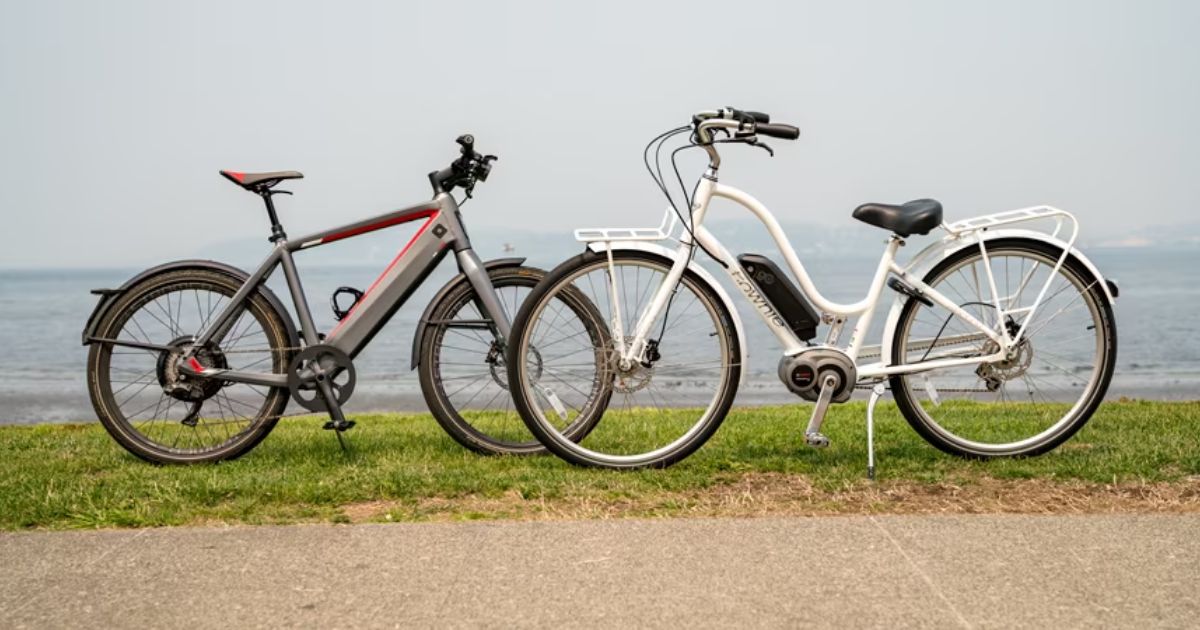
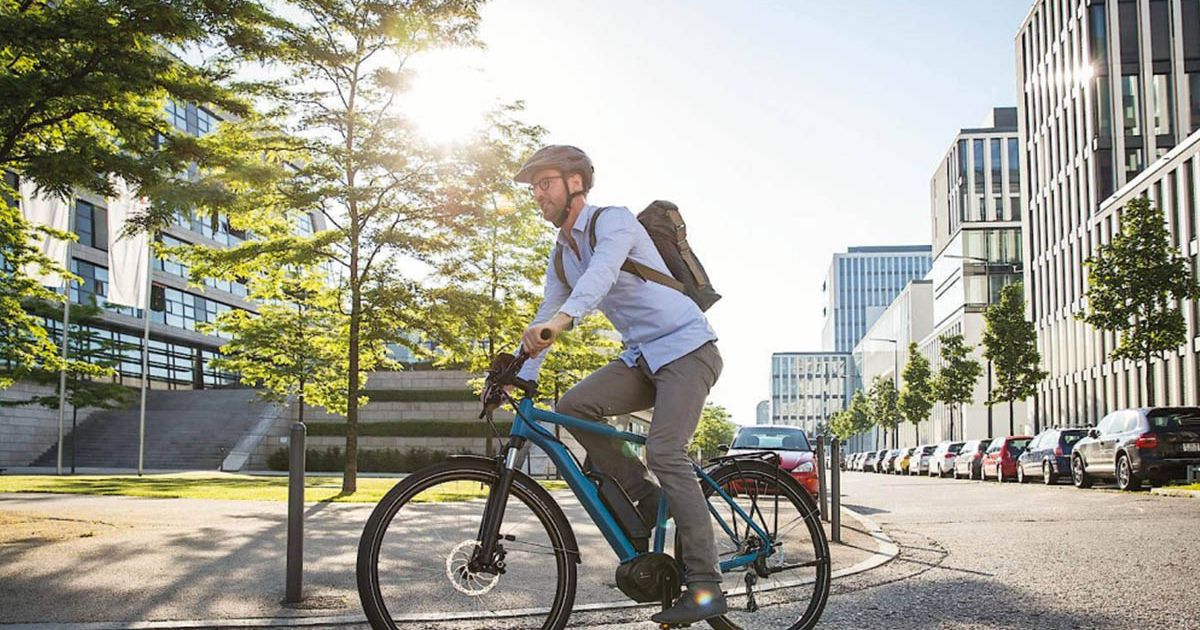

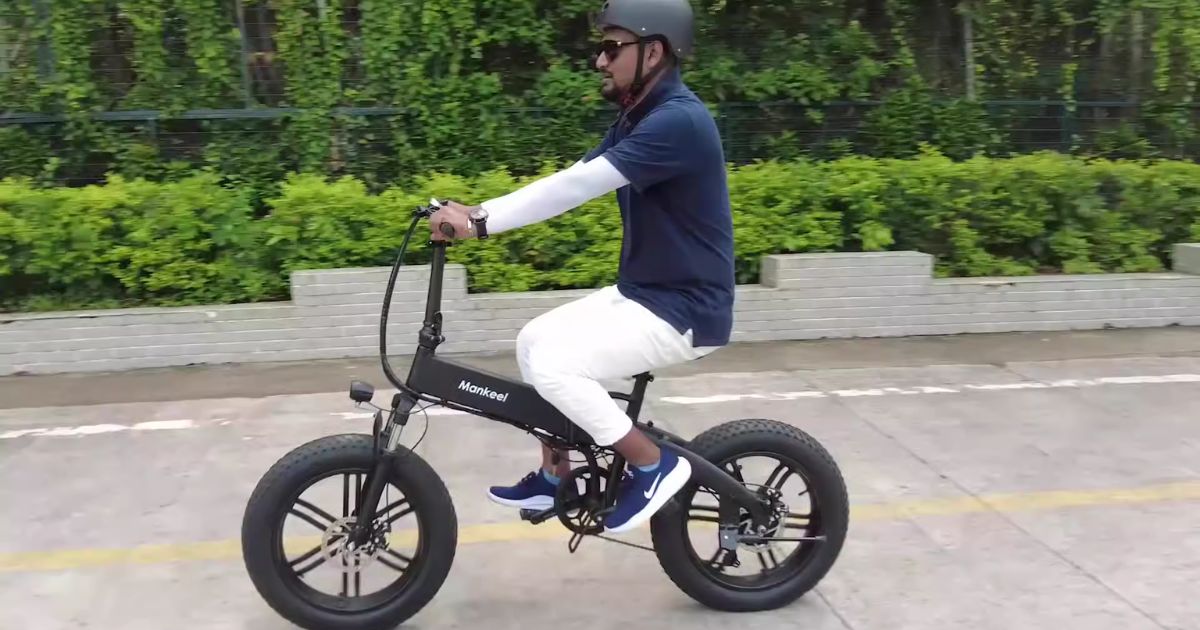
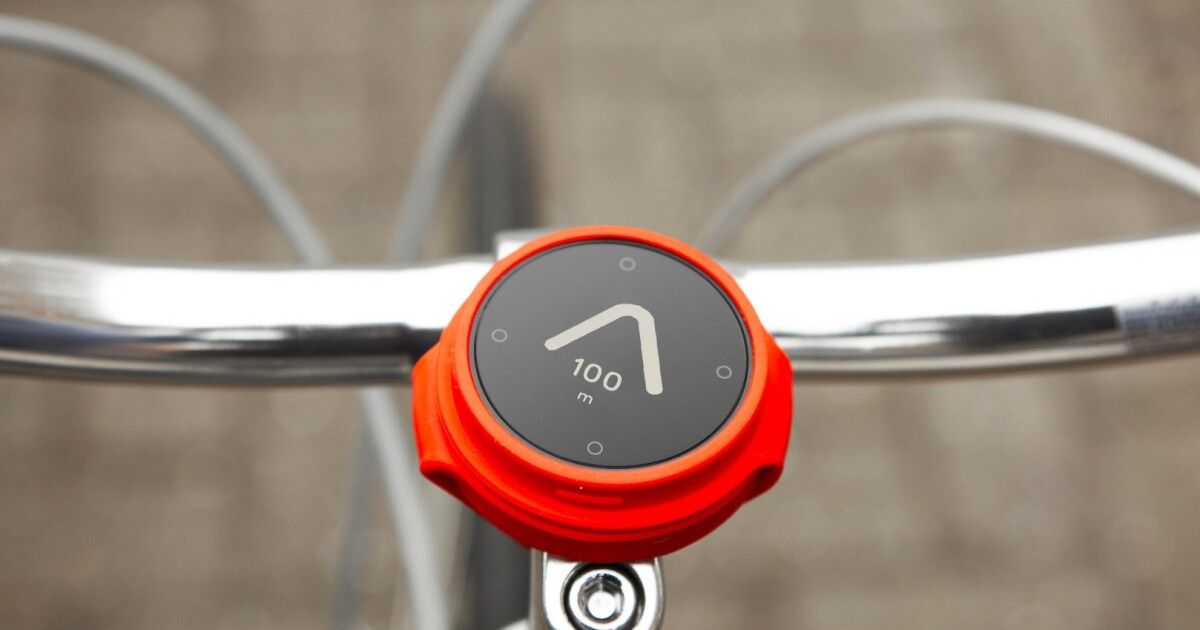
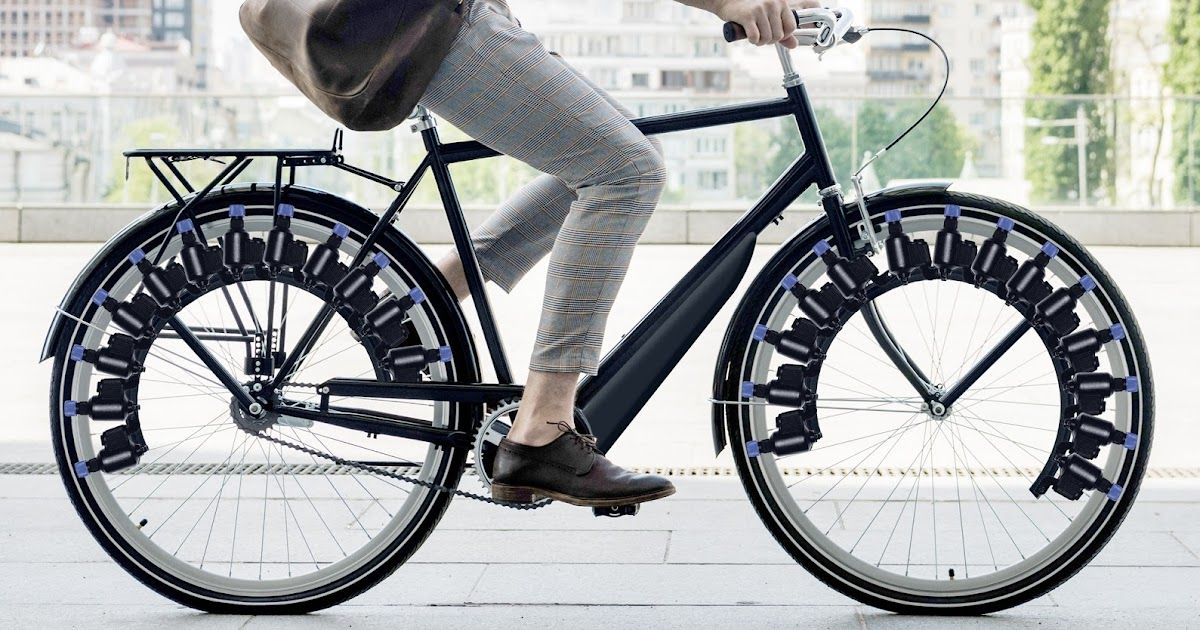
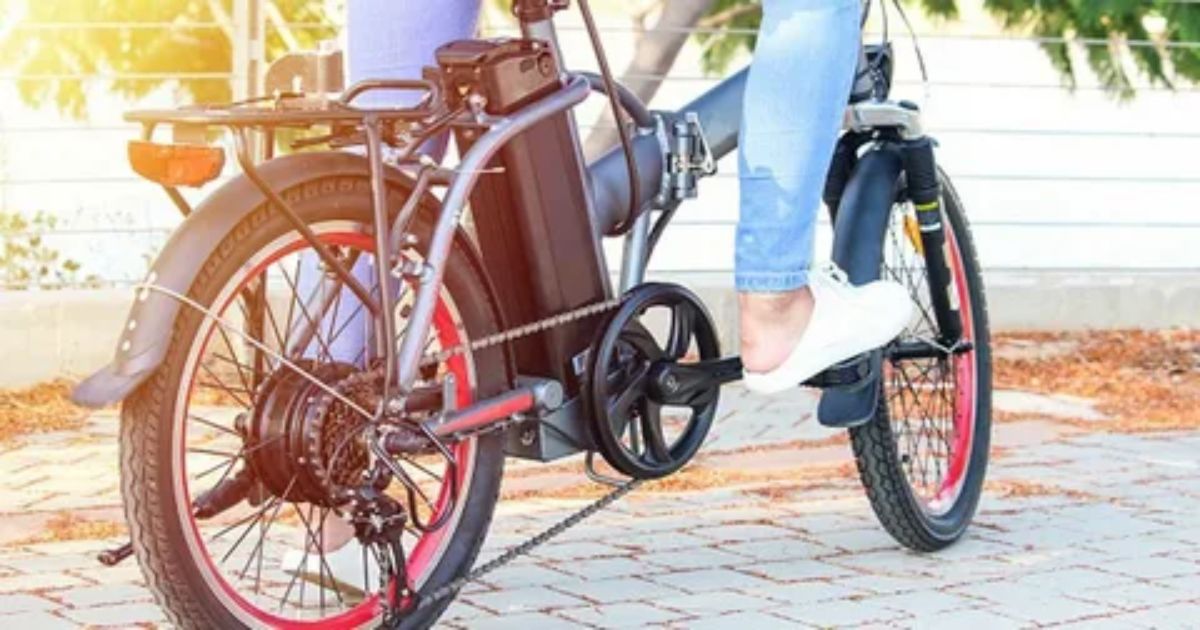
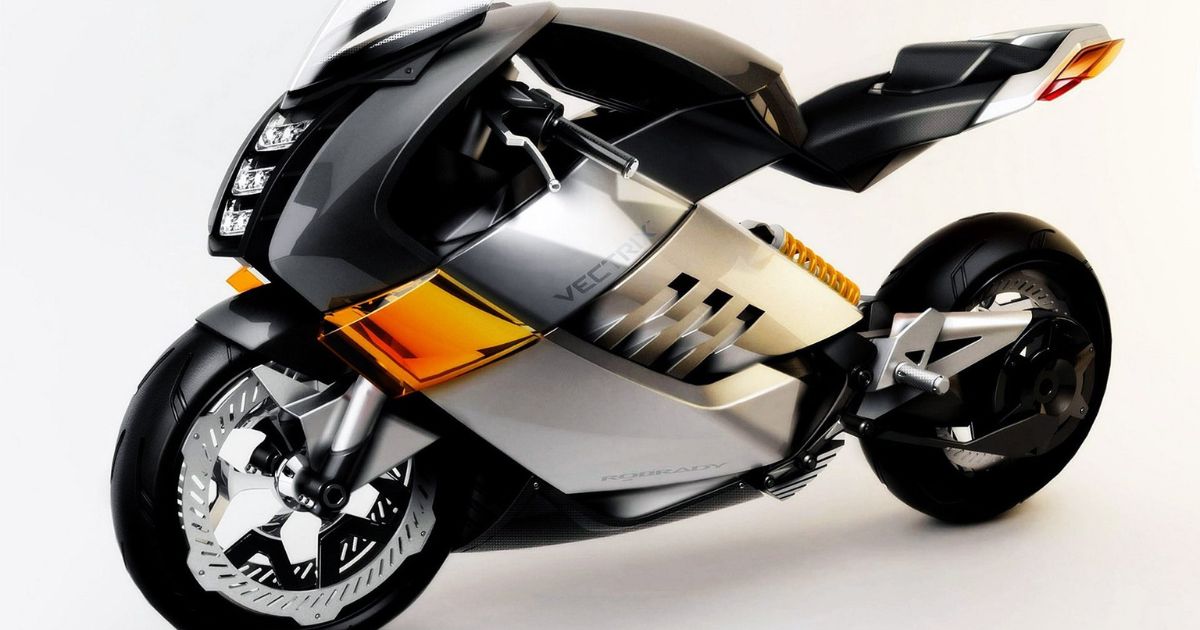


![Gomyfinance.com Invest: I Made $5,000 in My First Month [Real Results 2025]](https://electopolo.com/wp-content/uploads/2025/05/Gomyfinance.com-Invest-I-Made-5000-in-My-First-Month-Real-Results-2025-150x150.jpg)


